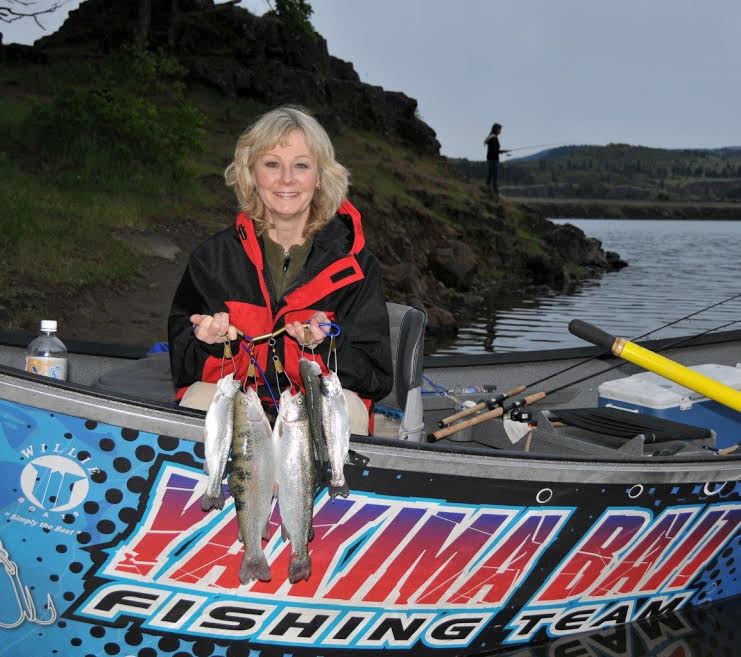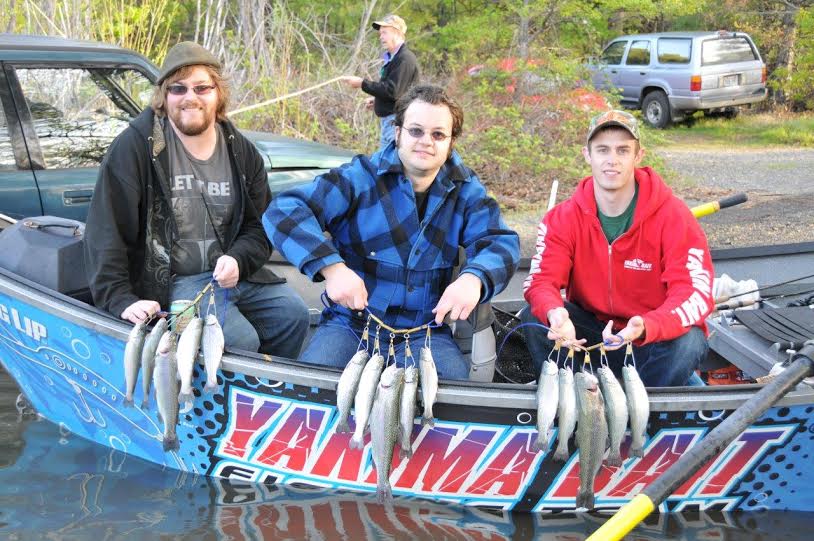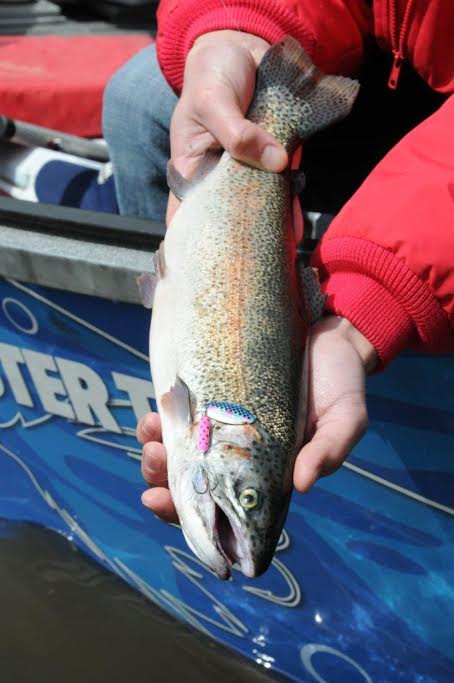Spinner Count Down Fishing Method

Fish are attracted to spinners due to their size, color, flash, and vibration. And although any one of these ingredients will catch fish, when combined into one parcel (a well designed spinner), they are more than a little effective for every type of fish that swims. While the above factors all play a role in attracting hungry fish, spinner vibration is often credited as a key factor in spinner appeal. And although some blade styles produce more noise than others, all spinners generate underwater noise created due to the blade spinning through the water.
Without a doubt, the most popular way to fish a spinner is to employ the cast-and-retrieve method. It’s so easy, just tie a spinner on the end of your line, cast into a nearby body of water and reel/retrieve your spinner back to you.
In lakes, most anglers searching for fish, cast-and-retrieve spinners while working their way along the shoreline or from a drifting boat. What I’ve observed is fish are likely to be found cruising near the surface when water temperatures are cool, early in the morning, on overcast days, or during evening time periods. Fish are more likely to be found near bottom (or at some level above it) during the middle of the day when the sun is bright or at times when the water temperature is warm.
To determine the depth your spinner should be running, and be able to return to it, may require you to practice what’s known as the “count-down” method. In preparation for learning the “count-down” technique, realize that most weighted spinners will sink at a rate of one foot per second. Here’s how: cast out, and allow your spinner to fall freely to the bottom, counting one-one thousand, two-one thousand, etc. until it hits bottom signified by your line going slack. Now that you know the bottom depth based on counting you can begin your retrieve after the next cast at varying depths above bottom, which will help you avoid hang ups. Using this simple procedure will allow you to search for fish at different depths and reliably return to the fish-producing level on subsequent casts.

In addition, working your lure near bottom may require you to step up to a larger/heavier spinner size; for example, a light to medium weight spinner (perhaps a 1/16 to 1/8 ounce Rooster Tail) will likely perform best when fish are near the surface, say in the top ten feet of water, but you may need to step up to a larger/heavier size (1/6 to 1/4 oz) to get down when fish are lurking deep in the water column.

Keep in mind that spinners are the most effective when retrieved slowly, just fast enough to keep the blade turning. Strikes are usually definite, but some fish will just stop the spinning blade, so when in doubt, set the hook.
